On the outskirts of Chiang Mai, surrounded by a serene and peaceful atmosphere next to the Doi Suthep mountains, lies Wat Umong — a Buddhist temple over 700 years old. It stands out as one of the most unknown, peculiar, and unique temples in northern Thailand.
Among Chiang Mai’s hundreds of temples, Wat Umong — or the “Tunnel Temple” is truly one of a kind thanks to its forested location and underground tunnel system. Its cool and tranquil setting offers a welcome change of pace after visiting Chiang Mai‘s more popular attractions.
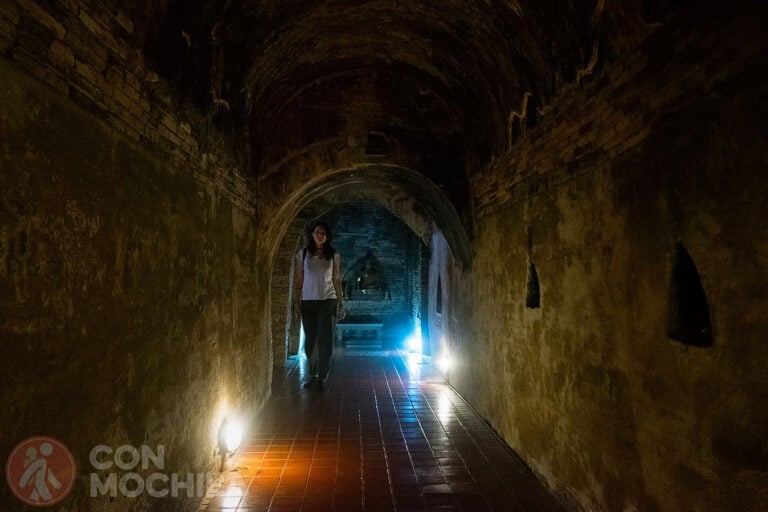
Wat Umong was founded in the late 13th century by King Mengrai, the first king of the Lanna Kingdom and the founder of Chiang Mai.
According to local legend, the king regularly consulted a monk who lived at Wat Umong Maha Thera Chan, a temple located within Chiang Mai’s ancient city walls. The monk, named Thera Chan, would use a tunnel to meditate in peace and quiet.
As Chiang Mai grew more crowded, it became increasingly difficult for the monk to meditate undisturbed. To accommodate him, King Mengrai ordered the construction of a series of tunnels outside the city in a forested area near the base of Doi Suthep Mountain.
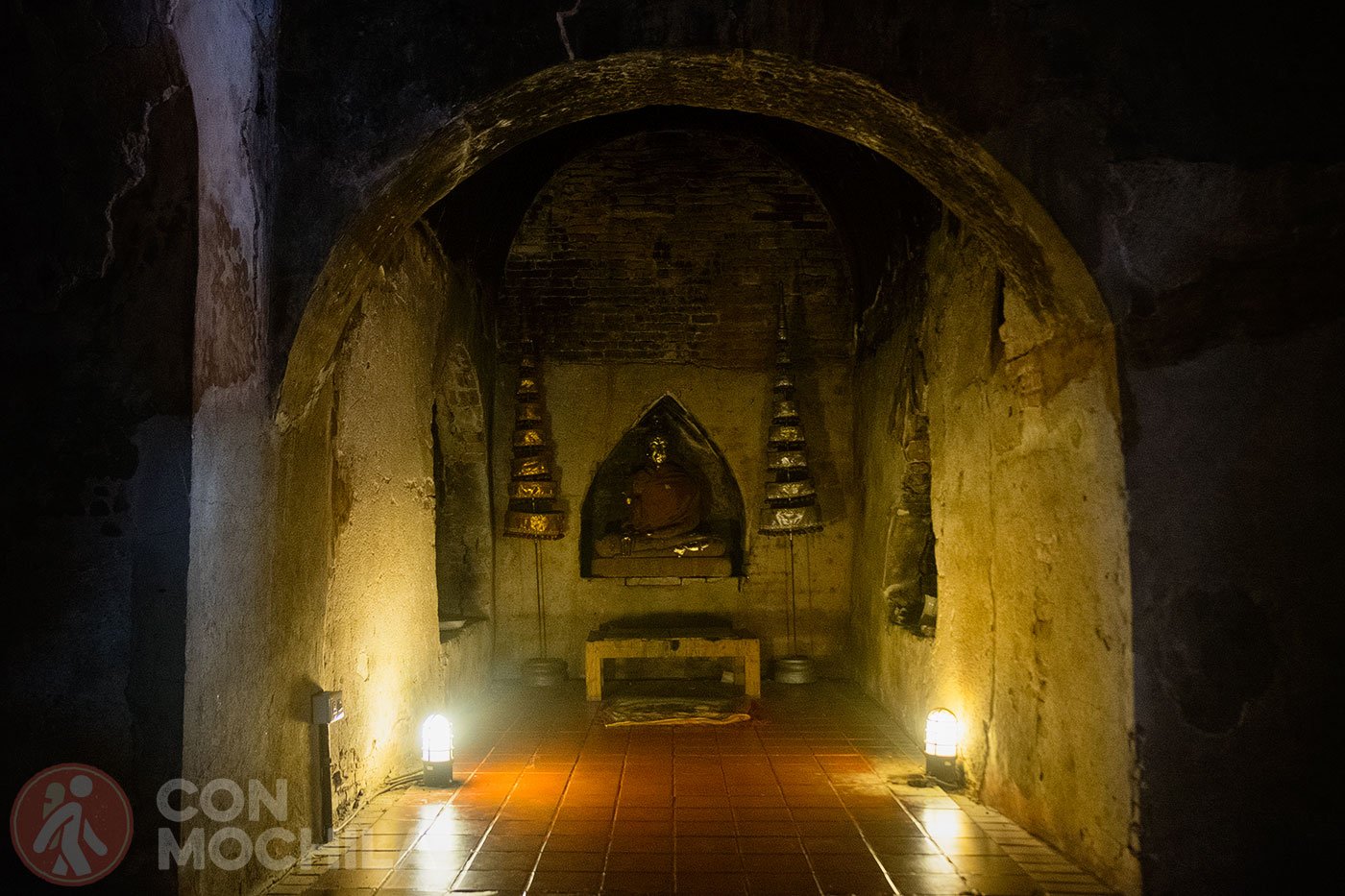
The tunnels were lined with bricks, plastered, and decorated with Buddhist murals. Shrines featuring Buddha images were placed throughout the tunnels, offering monks a peaceful space for meditation.
En el templo budista Wat Umong residen monjes en la Monks still reside at Wat Umong Buddhist temple, living in harmony with the natural surroundings. It’s even said that they occasionally feed the deer that wander nearby.
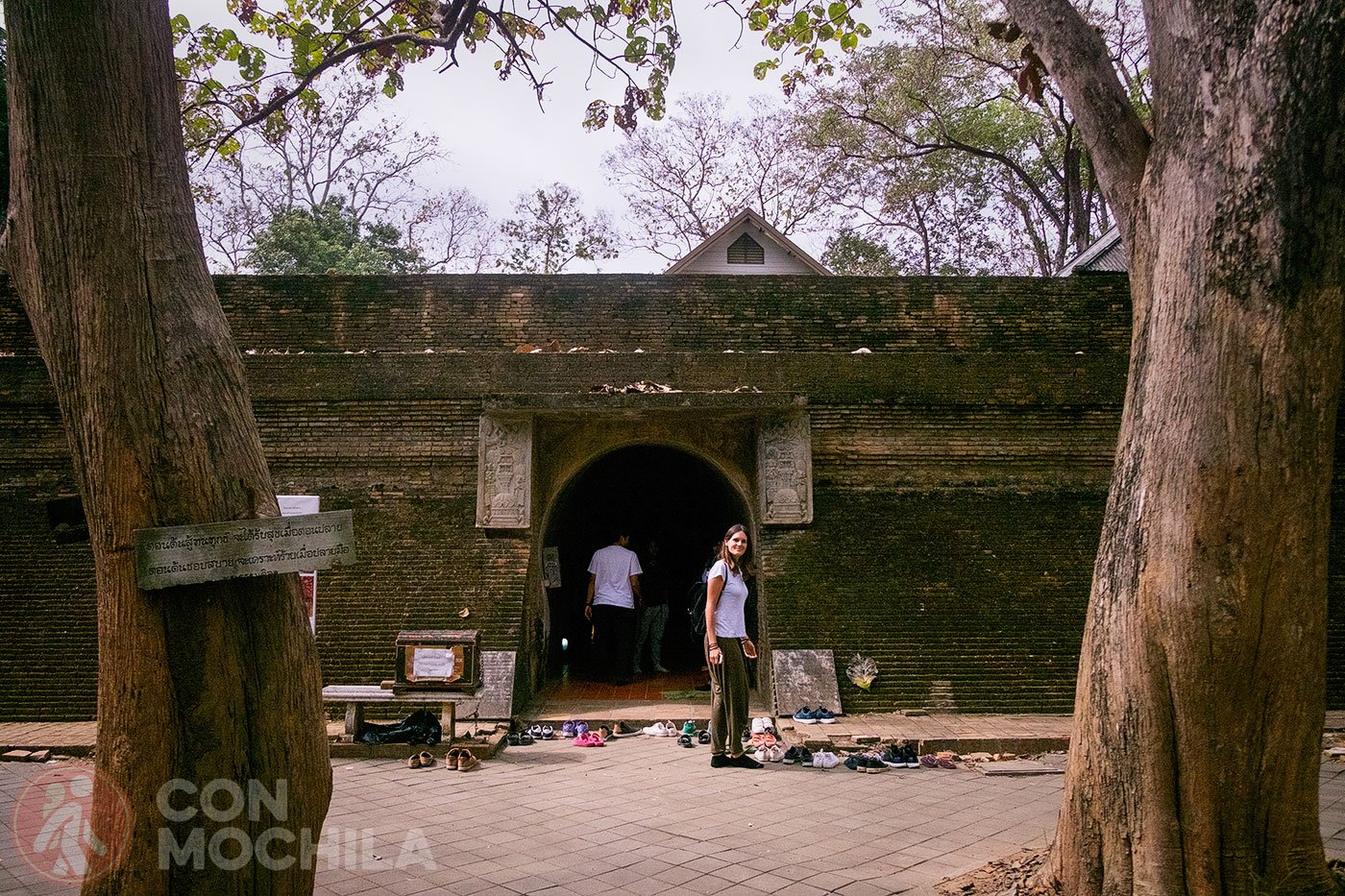
Wat Umong spans about 15 acres of forest and includes a pond where turtles, ducks, and various fish species can be seen. It’s no wonder this idyllic setting attracts visitors daily.
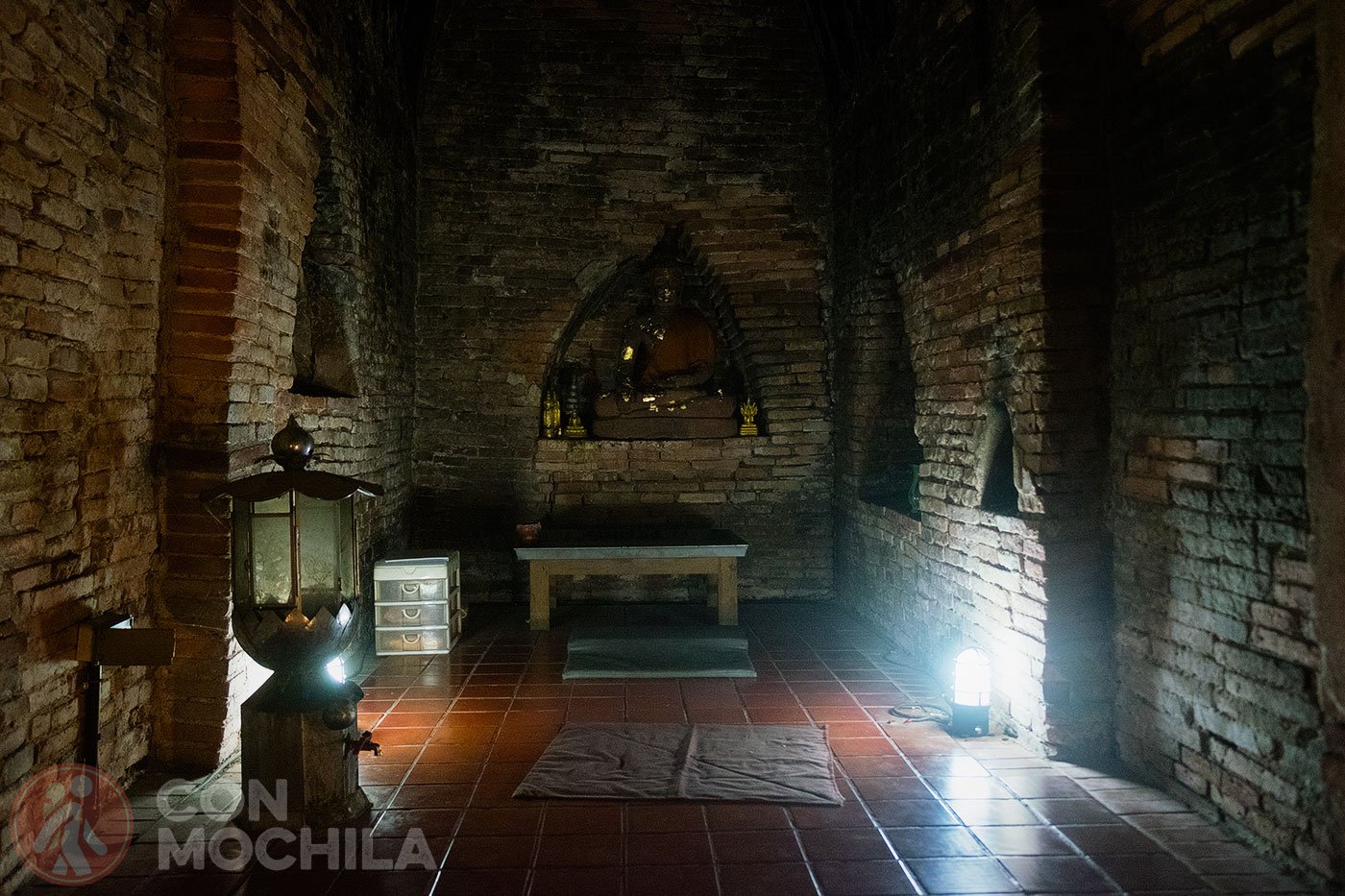
“Umong” means tunnel, so as you’d expect, tunnels are the temple’s most distinctive feature.
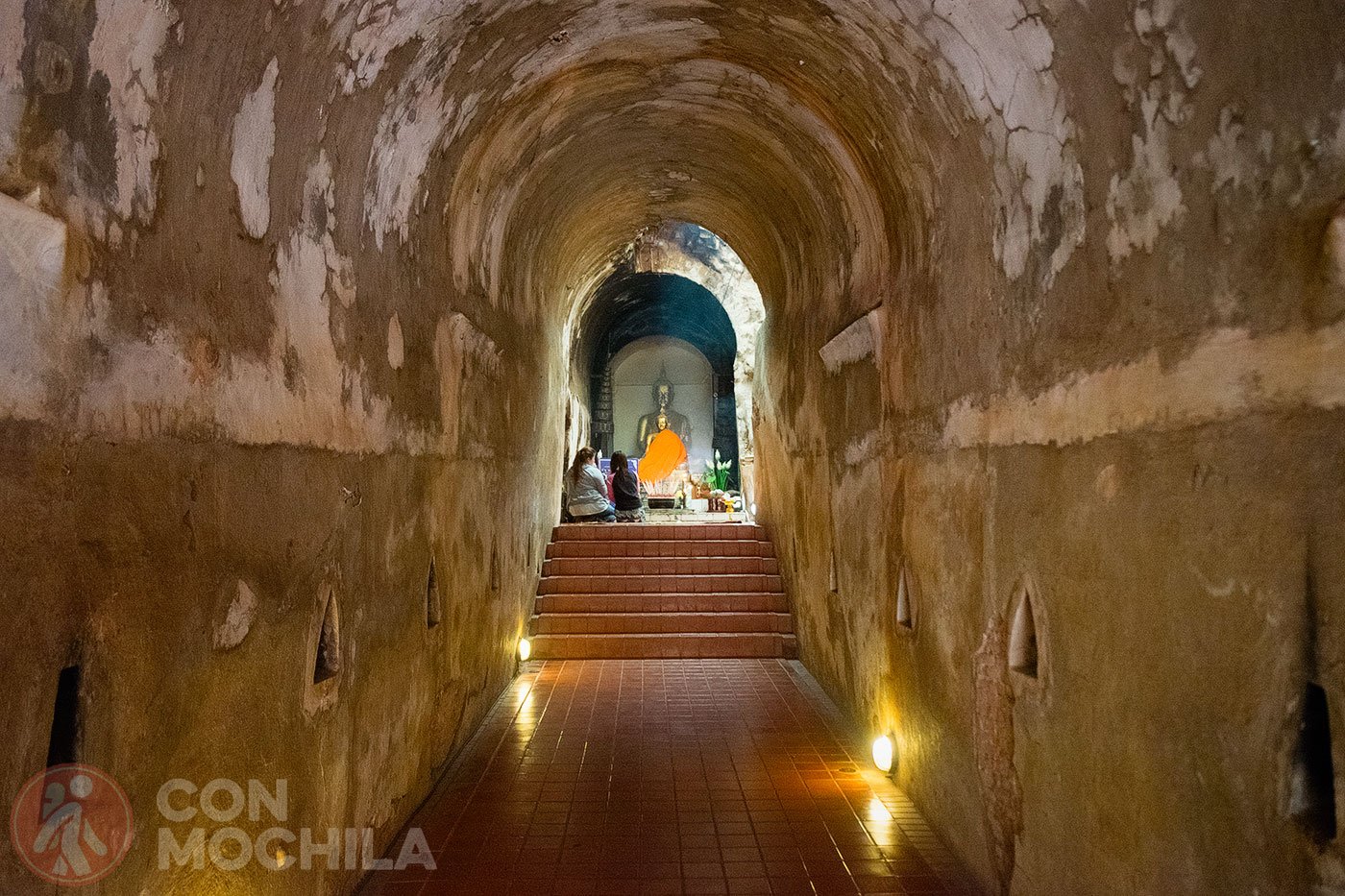

Near the tunnel’s main entrance, you’ll find a curious collection of Buddha heads and other relics from various temples. This unusual display began when one of the temple’s followers rescued broken statues from an abandoned temple in a nearby province.
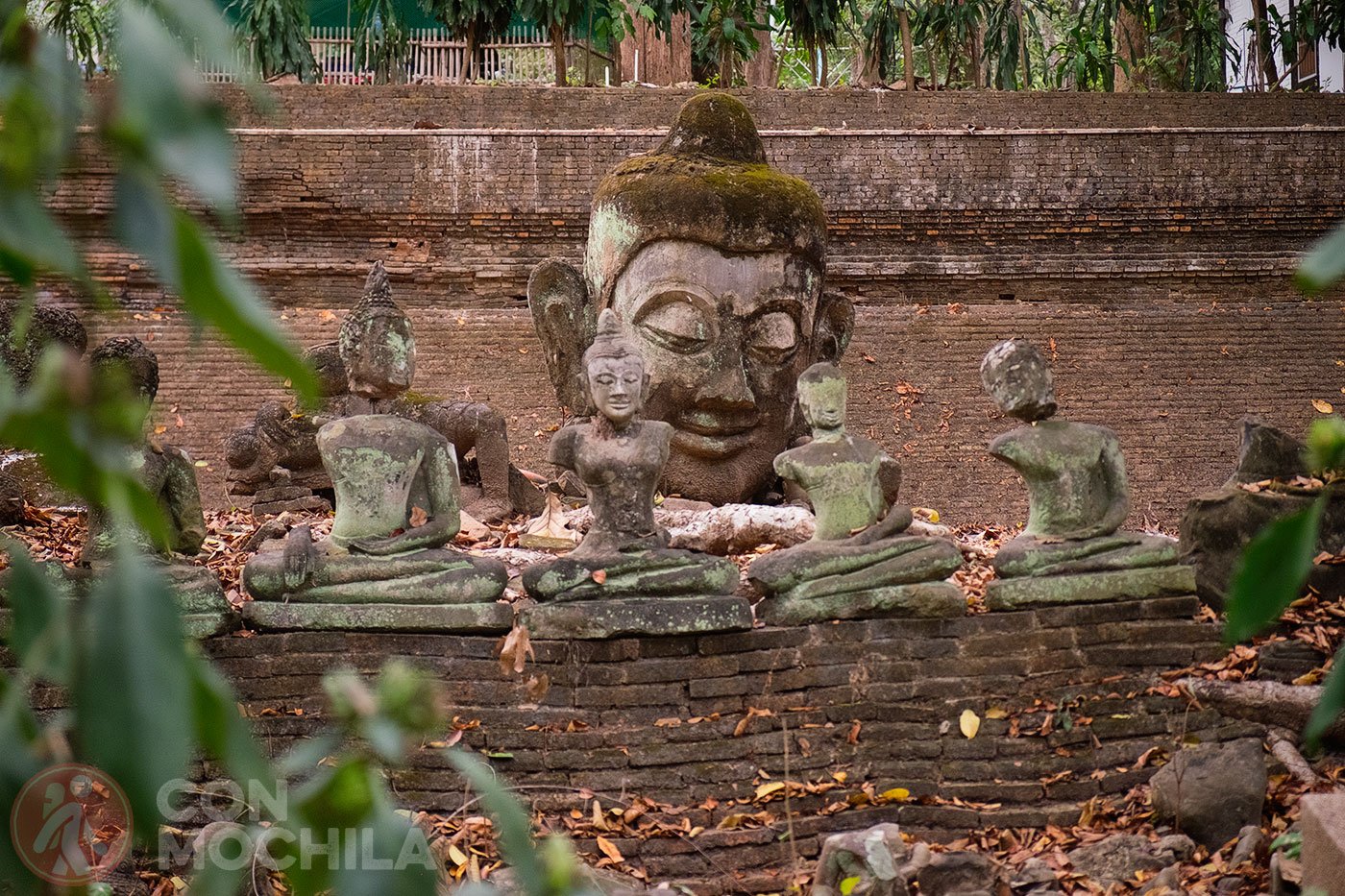
Today, people bring damaged Buddha images here when they are replaced at home or in temples.
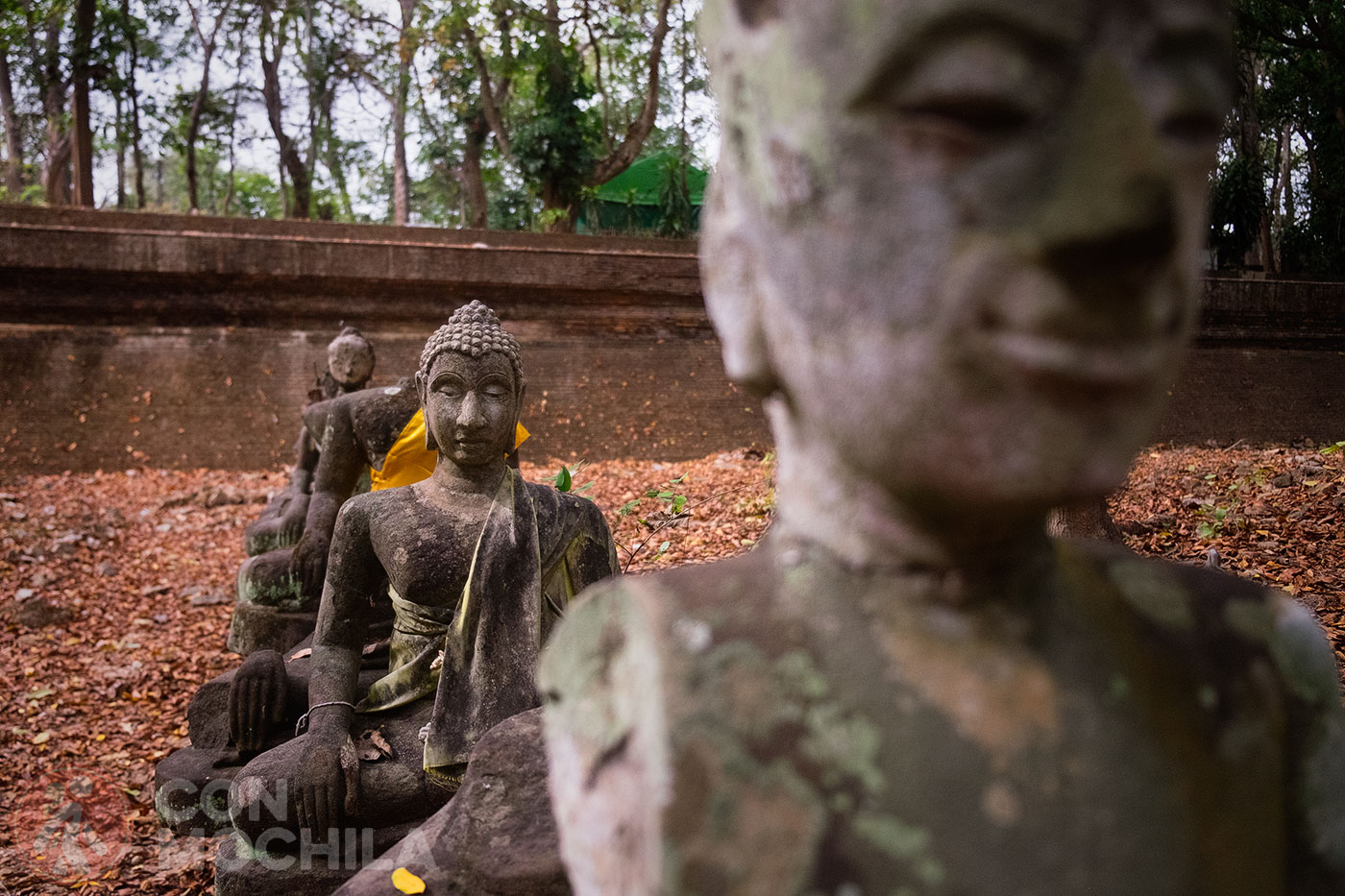
Above the tunnels sits the temple’s chedi, which can be reached via a small staircase to the left of the entrances. The main “bell” section of the pagoda is largely covered in thick vines, creating a sense of ancient mystery, though the structure itself remains solid.
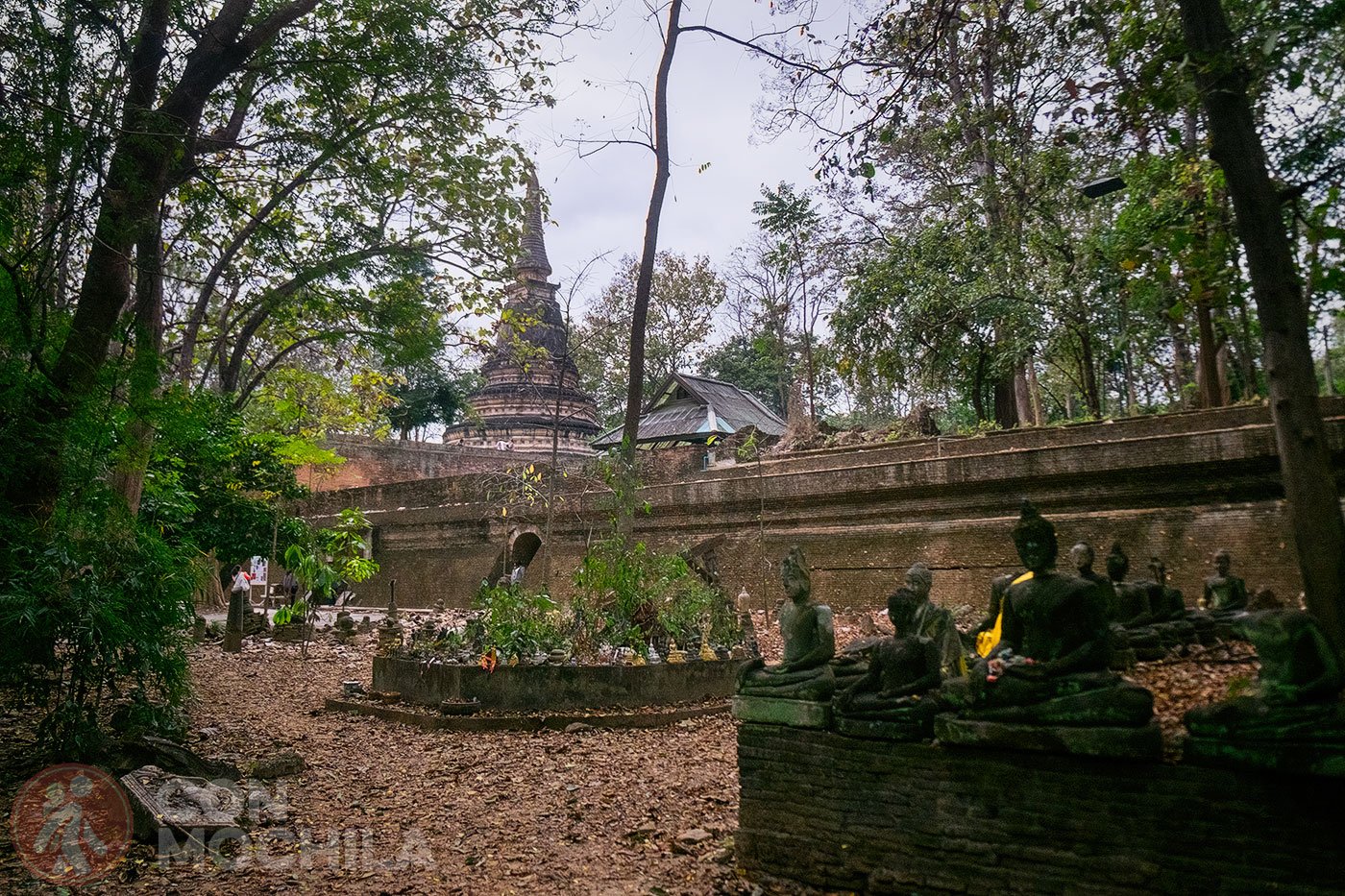
At the base of the chedi is a curious altar with small Buddha images and other offerings, left behind by visitors. In August 2007, the chedi was restored and most of the overgrowth was cleared.
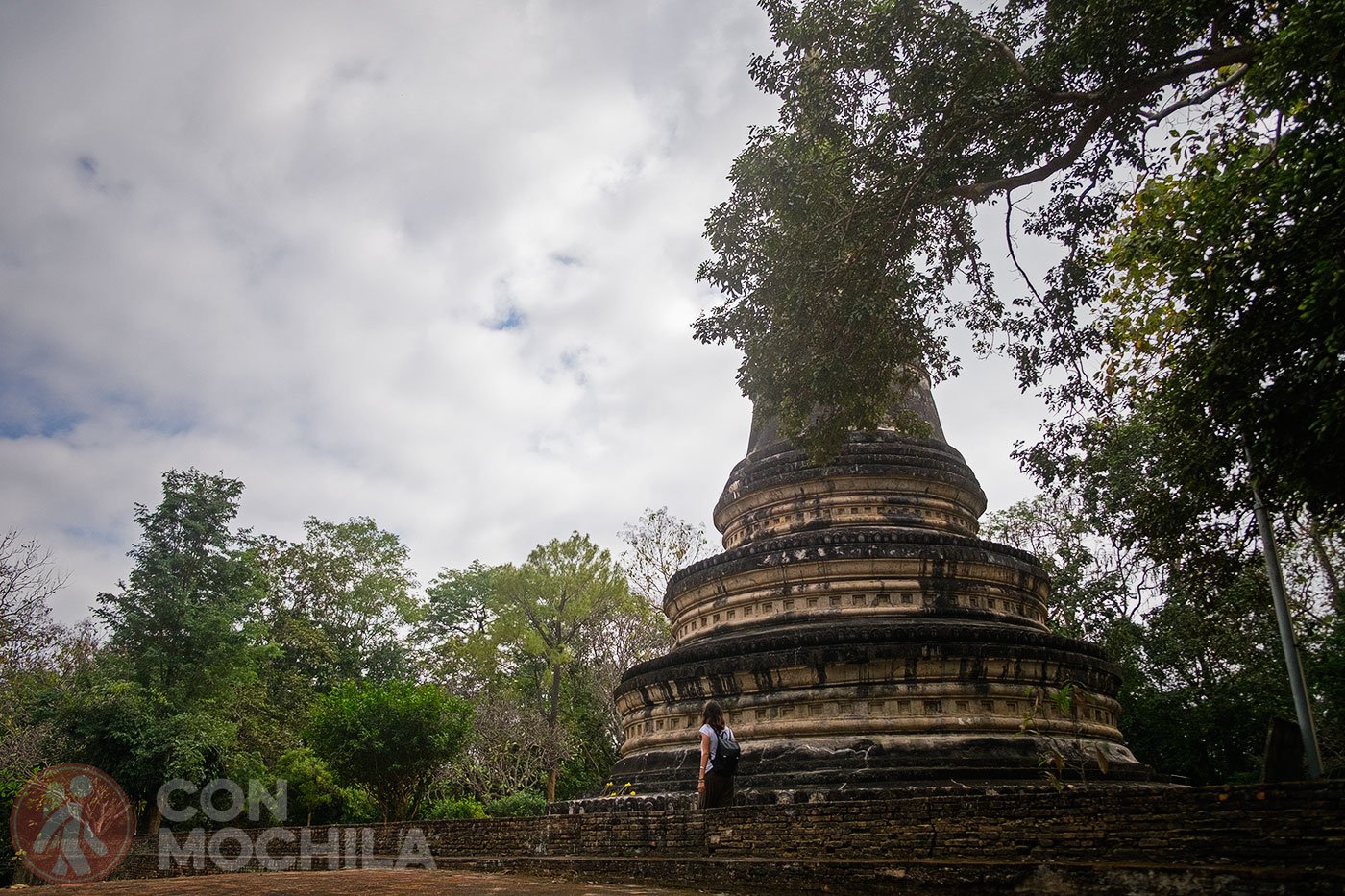
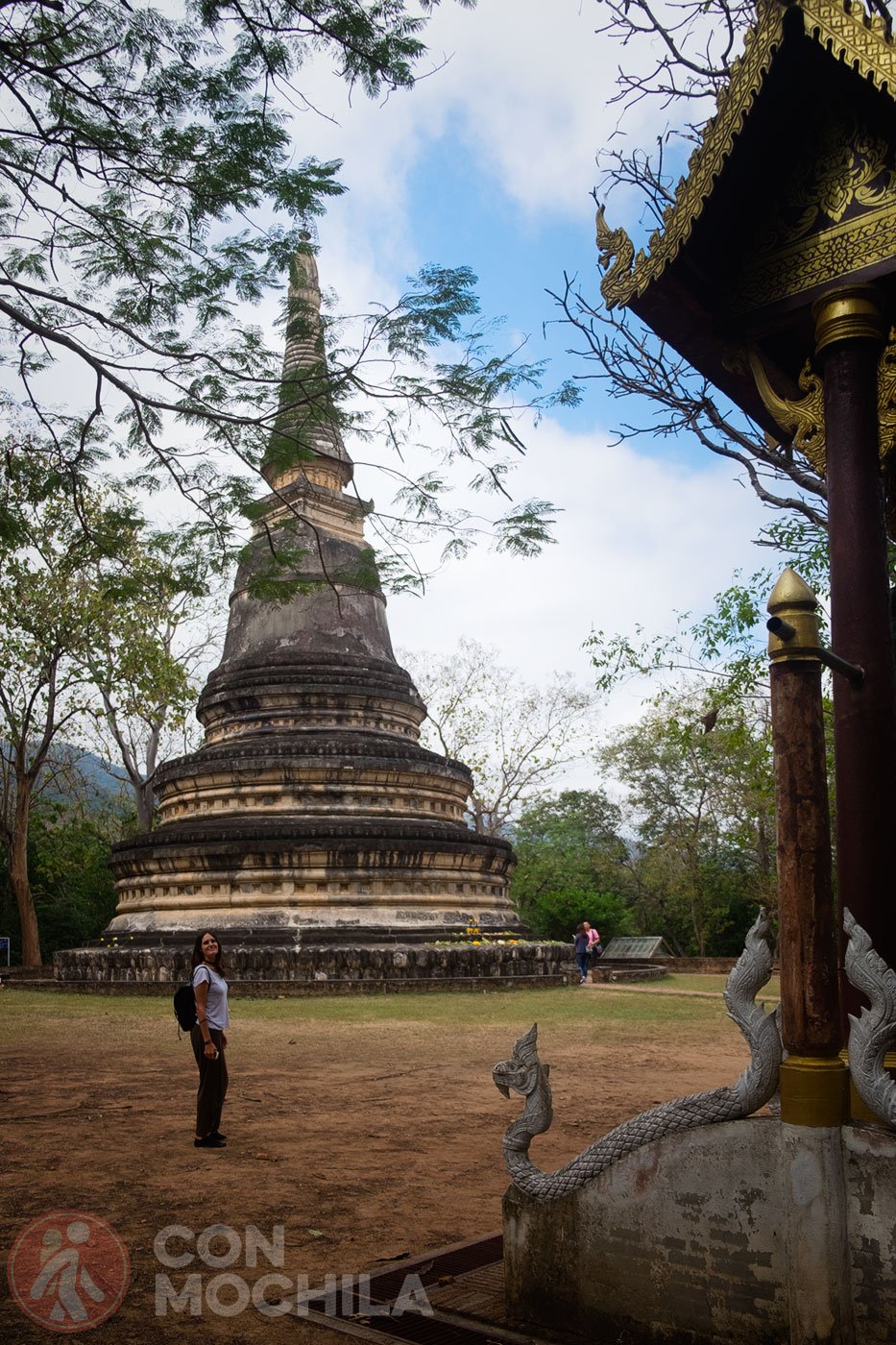
Descending from the chedi area, you’ll find a small museum displaying engraved stones with various scenes.
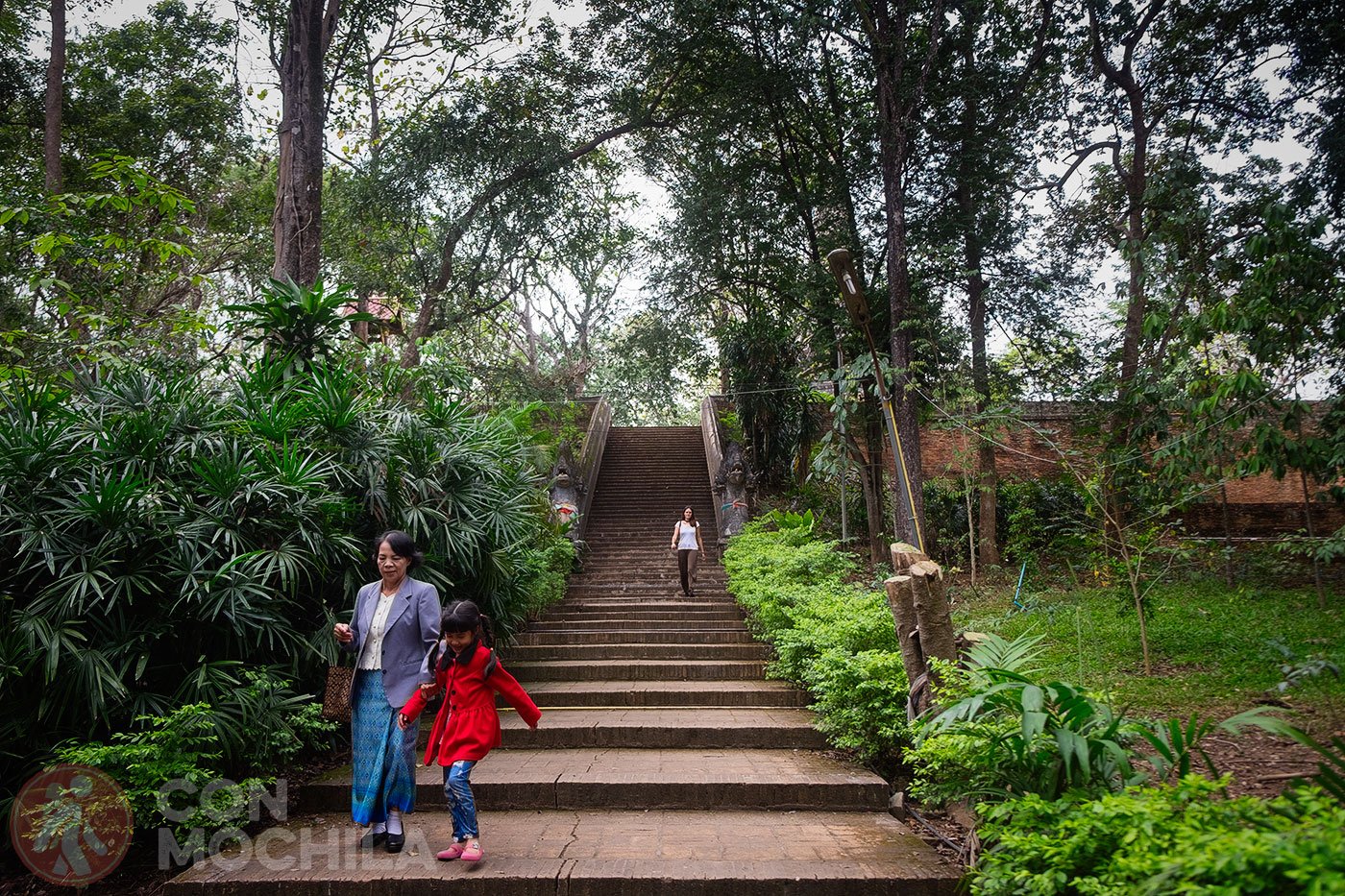
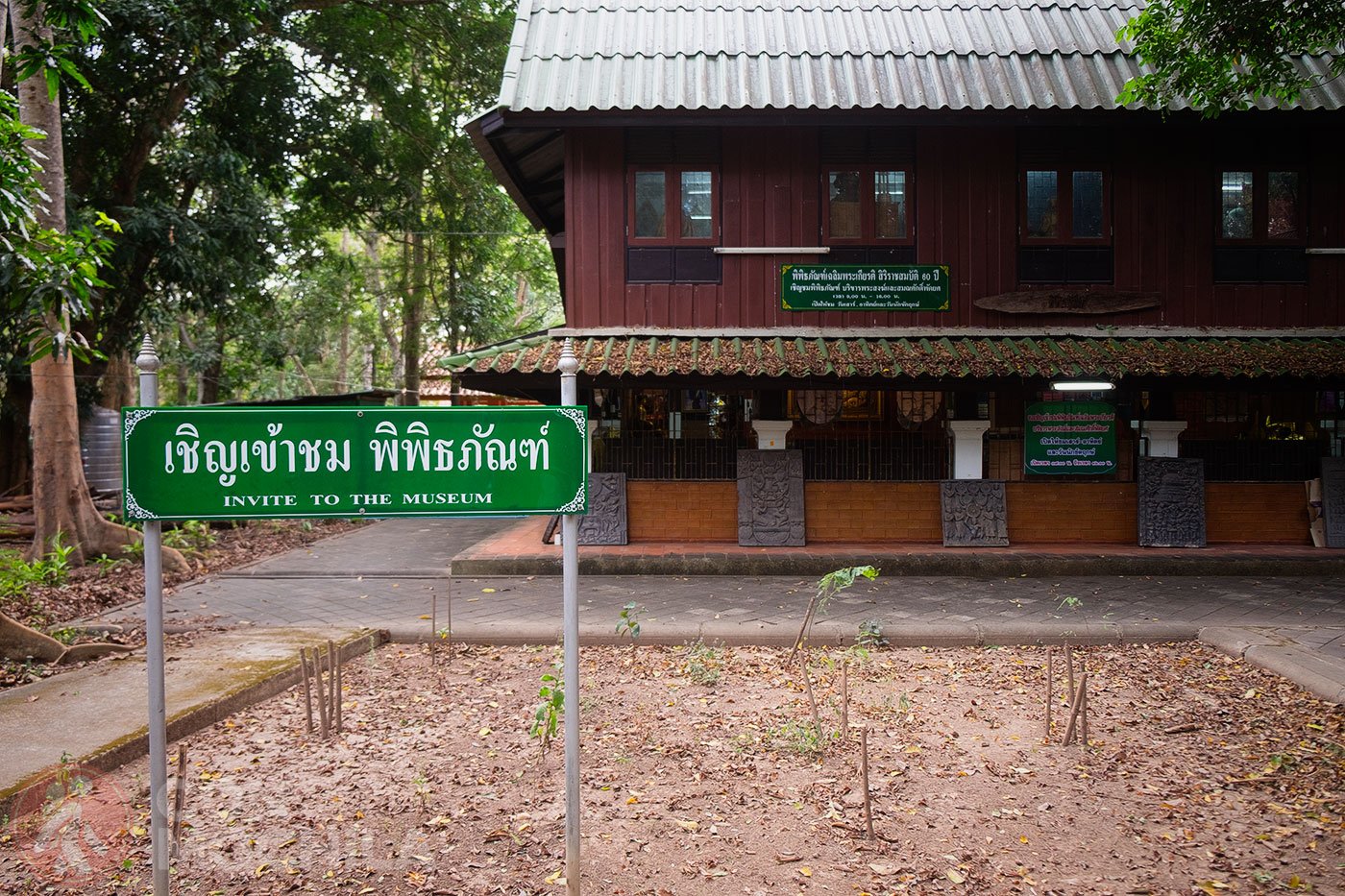

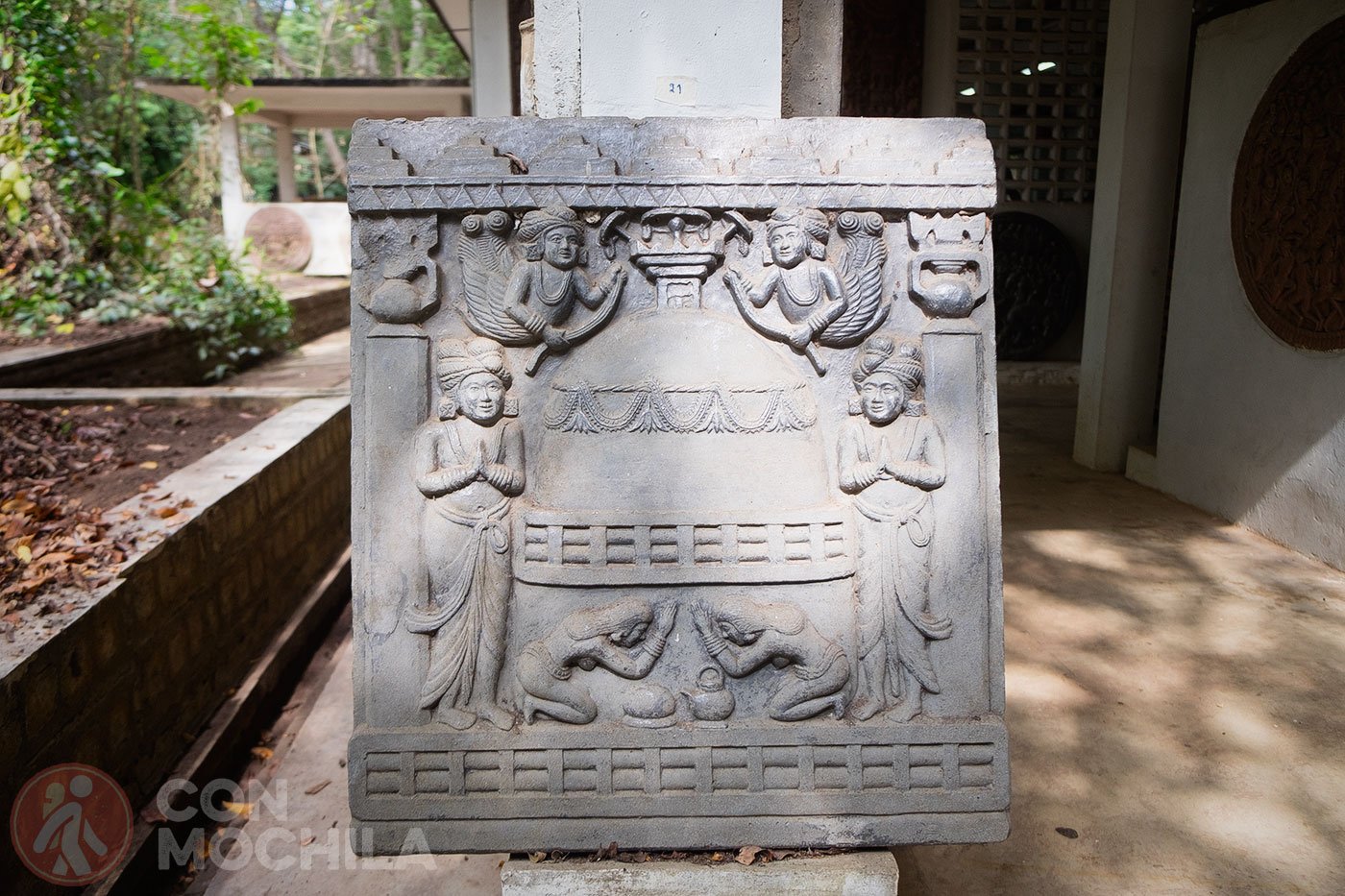
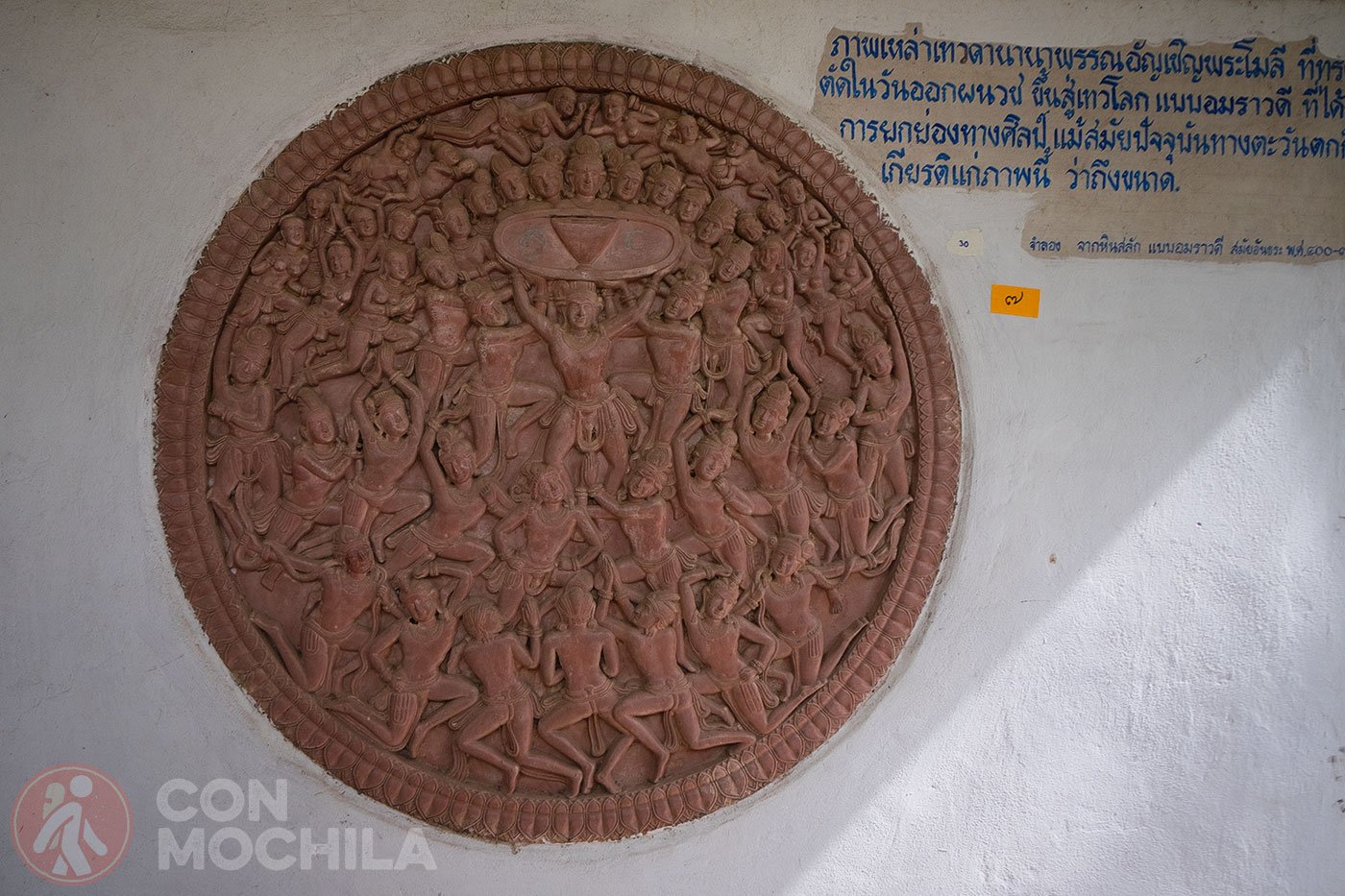
The path winds past monks’ quarters and other temple buildings before leading to the exit.
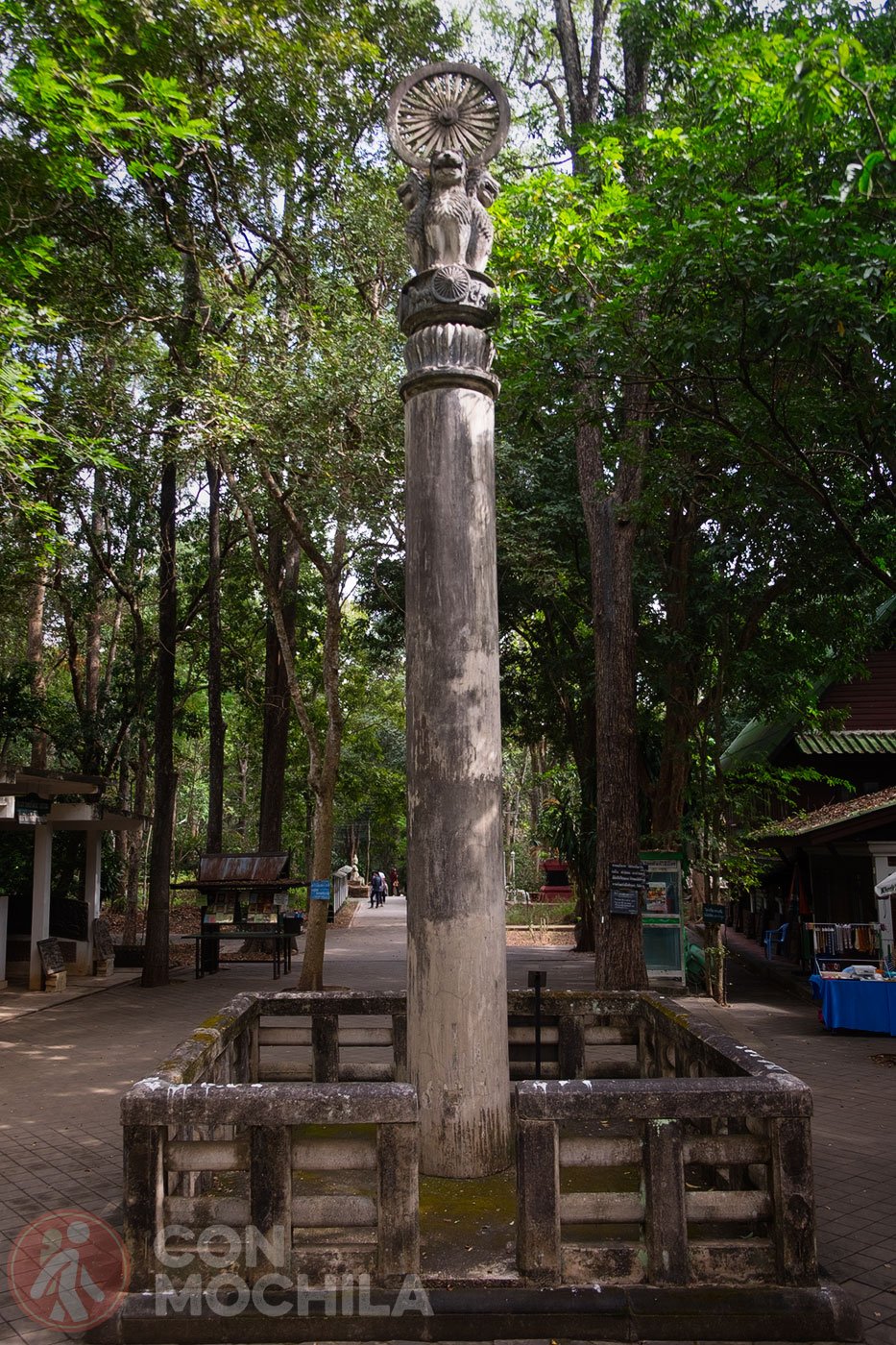
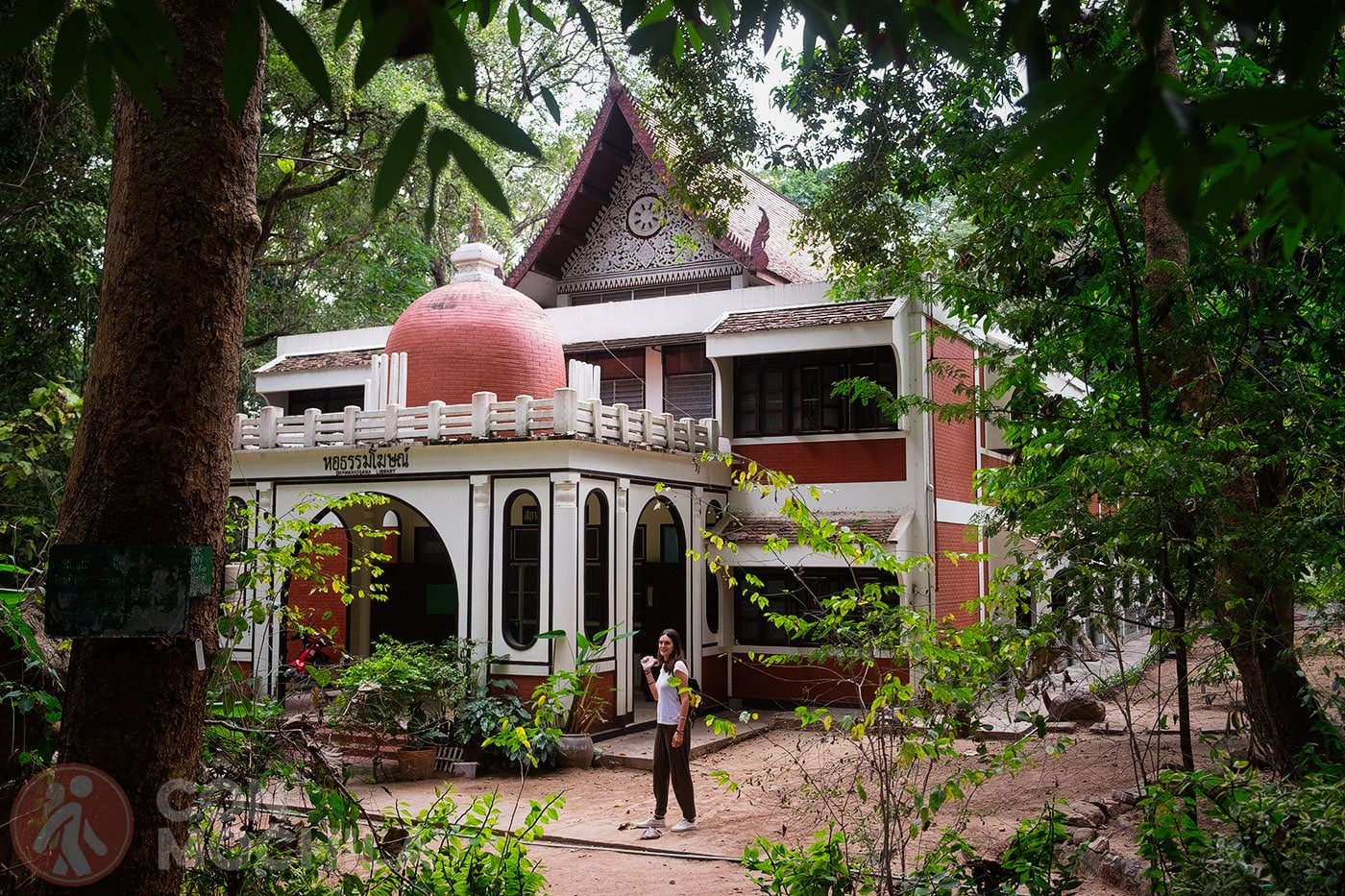
There are several ways to get to Wat Umong. The easiest is by tuk-tuk directly to the site or by renting a motorbike. You can also book an evening tour in Chiang Mai visiting Wat Umong and another temple.
ACTIVE CAMPAIGN !
Until december 1st, you can get an automatic 15% discount on your Heymondo travel insurance.